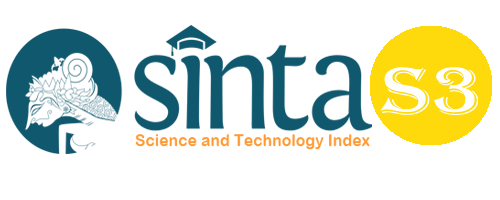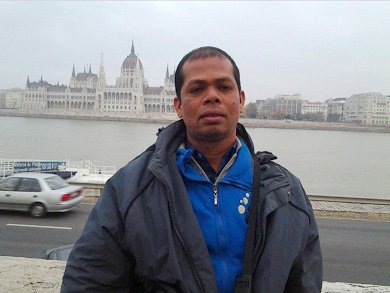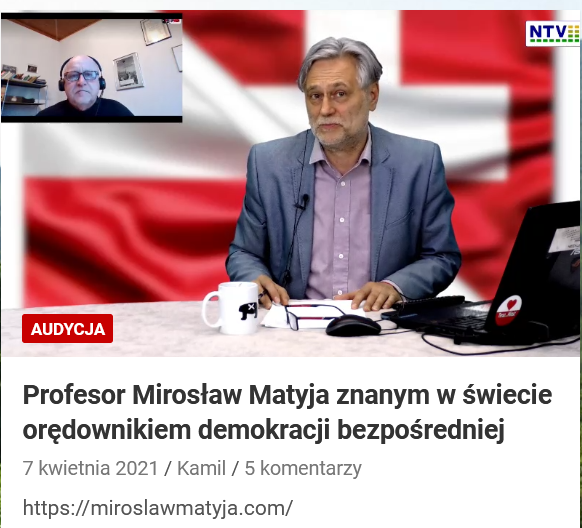Analysis of National Standards of Education in the Disruptive Era (Study of Descriptive Analysis at SMA Negeri 53 Jakarta and SMA Negeri 59 Jakarta)
Abstract
Education is a conscious and planned effort to create a learning atmosphere and learning process so that students actively develop their potential to have religious spiritual strength, self-control, personality, intelligence, noble character, and skills needed by themselves, society, nation and state. National Education Standards in PP 57 of 2021 concerning National Education Standards are the minimum criteria regarding the Education system in all jurisdictions of the Unitary State of the Republic of Indonesia. National education standards are the minimum criteria that must be met in the implementation of education. National Education Standards include Content Standards, Process Standards, Graduate Competency Standards, Educators and Education Personnel Standards, Infrastructure Standards, Management Standards, Financing Standards, Assessment Standards. In order to maintain the quality of education, the consistency of the functions and objectives of education, the curriculum, learning process, and managerial as a whole must refer to and be guided by the National Education Standards. The objectives of this research are (1) to analyze the 8 National Standards of the Disruptive Era at SMA Negeri 53 Jakarta and SMA Negeri 59 Jakarta (2) to provide input based on findings regarding the application of the 8 National Education Standards to improve the quality of education and prepare highly competitive graduates. This study uses a qualitative descriptive research design. This type of research is a descriptive analysis study. The data used is primary data. Data collection techniques used are interviews and documentation.
Keywords
Full Text:
PDFReferences
Astuti, R.W., Waluyo, H.J., and Rohmadi, M. (2019). Character Education Values in Animation Movie of Nussa and Rarra. Budapest International Research and Critics Institute-Journal (BIRCI-Journal). P. 215-219.
Azhar, A. (2018). Students’ Trends in Islamic Communication Postgraduate in2010-2016 State Islamic University of North Sumatera (UINSU). Budapest International Research and Critics Institute (BIRCI-Journal), P.206-214.
Bloom, B, (1956). Taxanomy of Educational Objectives, New York:
David I. Cleland dan William R. King, (1972). Management : A Systems Approach New York : Mc-Craw-Hill.
Direktorat Jendral Guru dan Tenaga Kependidikan. Guru Pengerak Indonesia Maju, wujudkan Sumber Daya Manusia yang Unggul. https://p4tkbmti.kemendikbud.go.id
Edward Lumsdaine dan monika Lumsdaine, (1995). Creative Problem Solving (New York : McGraw-Hill, Inc.
Gardiner, Mayling Oey dkk. (2021). Era Disruptif Peluang dan Tantangan Pendidikan di Indonesia. Jakarta: AIPI
Mohanty, L. (2000). Handbook of Total Quality Management Mumbai:Ashwin J.Shalh Jaico Publishing House .
Popper, K. (1999). Life is Problem Solving .New York:Routledge.
Ralp, G. Lewis dan Douglas H.Smith. (1994). Total Quality in Higher Education Delray Beach:St Lucie Press.
Richard A. (1973), Johnson, Fremon E. Kast dan James E Rozenzweig, The Theory and Management of Systems. New York : McGraw-Hill.
Richard, W.( 2002). Paul dan Linda Elder, Critical Thinking .New York : Prentice Hall.
Ricky W. Griffin, Management (Boston: Houston Mifflin Co. 1987) p. 492
Robert M. Gagne dan Leslie J. Briggs, Principles of Instructional Design (New York : Holt, Rinehart and Winston, 1979) p.85
Romiszowski, (1981). Designing Instructional Systems. New York : Nicholas Publishing.
Saifudin, A. (1998). Sikap Manusia : Teori dan pengukurannya. Yogyakarta: Pustaka Pelajar.
Saleh, A., Mujahiddin. (2020). Challenges and Opportunities for Community Empowerment Practices in Indonesia during the Covid-19 Pandemic through Strengthening the Role of Higher Education. Budapest International Research and Critics Institute-Journal (BIRCI-Journal). Volume 3, No 2, Page: 1105-1113
Sallis, E, (2008). Total Quality Education, IRCISOD, Banguntapan, Yogyakarta.
Salusu. (1996). Pengambilan Keputusan Strategik. Jakarta:Gramedia:GRasindo.
Shoji Shiba. (1993). New American Total Quality Management. Portland:Productivity Press.
Shoji Shiba.Alan Graham, dan David Walden,A(1993). New American Total Quality Management. Portland:Productivity Press.
Stephen, G. (1994). dan Arnold Wimerskirch. (1994). Total Quality Management NY.John Wiley &Sons.
Stephen, R. (1997). Managing To day. New Jersey : Prentice-Hall.
Steven, D.(2002), Schafersman, An Introduction to Critical Thinking, Paul.
Steven, D.(2002). Schafersman, An Introduction to science, Scientific Thinking and Scientific Method.
Surakhmad, W. (1990). Pengantar Penelitian Ilmiah. Bandung : Penerbit Tarsito.
Syaodih, C. (2009). Sistem Penjaminan MutuProgram Pembelajaran di Perguruan Tiggi Manajemen Informatika dan Komputer. Disertasi UNINUS Bandung.
Tampubolon, D. (2001). Perguruan Tinggi Bermutu.. Jakarta: PT Gramedia Pustaka Utama.
Thomas, S (1990). dan Bateman dan Carl P.Zeithaml. (1990). Management Function and Strategy. Boston:Irwin,Inc.
Tuntas, B.(2003). Efektivitas Penerapan Manajemen Mutu Terpadu, Tesis UNJ
Undang-undang Nomor 20 Tentang Sistem Pendidikan Nasional: 2003
Wayne F. (1995). dan Cascio, Managing Human Resources. New York : McGraw-Hill,Inc.
William, A. (2004). Shrode, Organization and Management : Basic Systems Concepts. Petailing Jaya, Irwin Book Company.
DOI: https://doi.org/10.33258/birci.v5i1.3790
Article Metrics
Abstract view : 120 timesPDF - 44 times
Refbacks
- There are currently no refbacks.

This work is licensed under a Creative Commons Attribution-ShareAlike 4.0 International License.

This work is licensed under a Creative Commons Attribution-ShareAlike 4.0 International License.

_.gif)

















_.gif)



